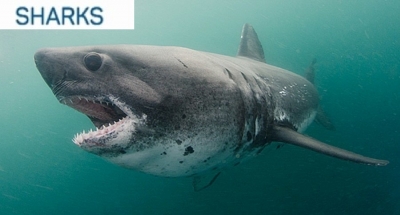The study of the fossils has revealed that hundreds of species of animals and plants have come and gone since the creation of earth. To begin with, these species became extinct as a result of natural causes. The animals and plants that disappeared were those that were unable to adapt fast enough to the changing conditions of the earth or were unable to compete with their rivals for the available food supplies. However, there are other instances, such as the case of dinosaurs, in which the reason of their extinction is still not very clear. The animals which became extinct millions of years ago were never seen by man. Also there are some others that were alive only a few hundred years ago and man himself has been responsible for killing them and causing their extinction. Do you know which animals became extinct during the last few hundred years?

There was a bird called dodo which became extinct by the end of 17th century. This bird lived on the small island of Mauritius in the Indian Ocean and had no proper wings to fly. For this reason people called them dodos which means ‘simpleton’ or ‘stupid’. It was hunted down by the Dutch sailors who landed in the island in 17th century. Dodo meat was good to eat and hence carried away in ships by the Dutch. Dogs and rats started eating dodo eggs and chicks. As a result all dodos vanished by the middle of 17th century. The same story marked the extinction of another bird called the Great Auk. This penguin-like bird lived on the islands north of Scotland as recently as the mid-19th century. Egg collectors and hunters drove it to extinction by 1844.





 The birds which feed on other animals are called the birds of prey. They catch and feed on animals that are usually smaller than themselves. They may catch their prey anywhere on the ground, in air or in water. Not all birds bother to choose their prey. Some even feed on the flesh of dead animals. Do you know which the birds of prey are?
The birds which feed on other animals are called the birds of prey. They catch and feed on animals that are usually smaller than themselves. They may catch their prey anywhere on the ground, in air or in water. Not all birds bother to choose their prey. Some even feed on the flesh of dead animals. Do you know which the birds of prey are?

